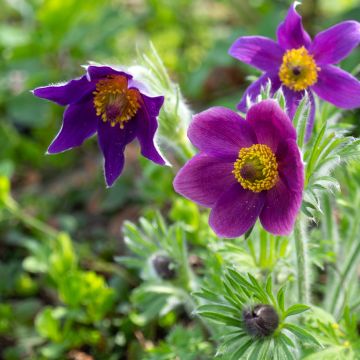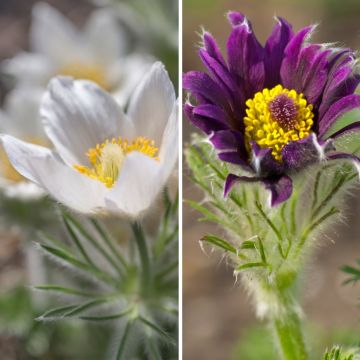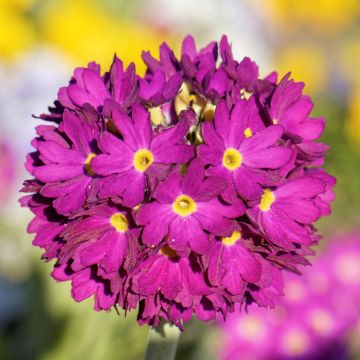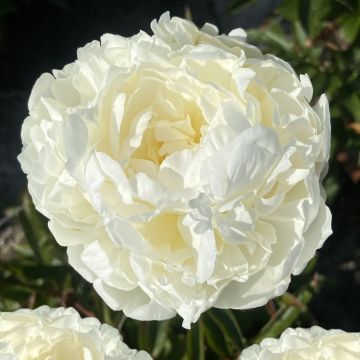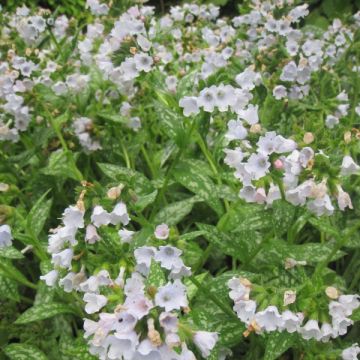

Pulsatilla vulgaris Alba - Pasqueflower


Pulsatilla vulgaris Alba - Pasqueflower


Pulsatilla vulgaris Alba - Pasqueflower


Pulsatilla vulgaris Alba - Pasqueflower


Pulsatilla vulgaris Alba - Pasqueflower


Pulsatilla vulgaris Alba - Pasqueflower
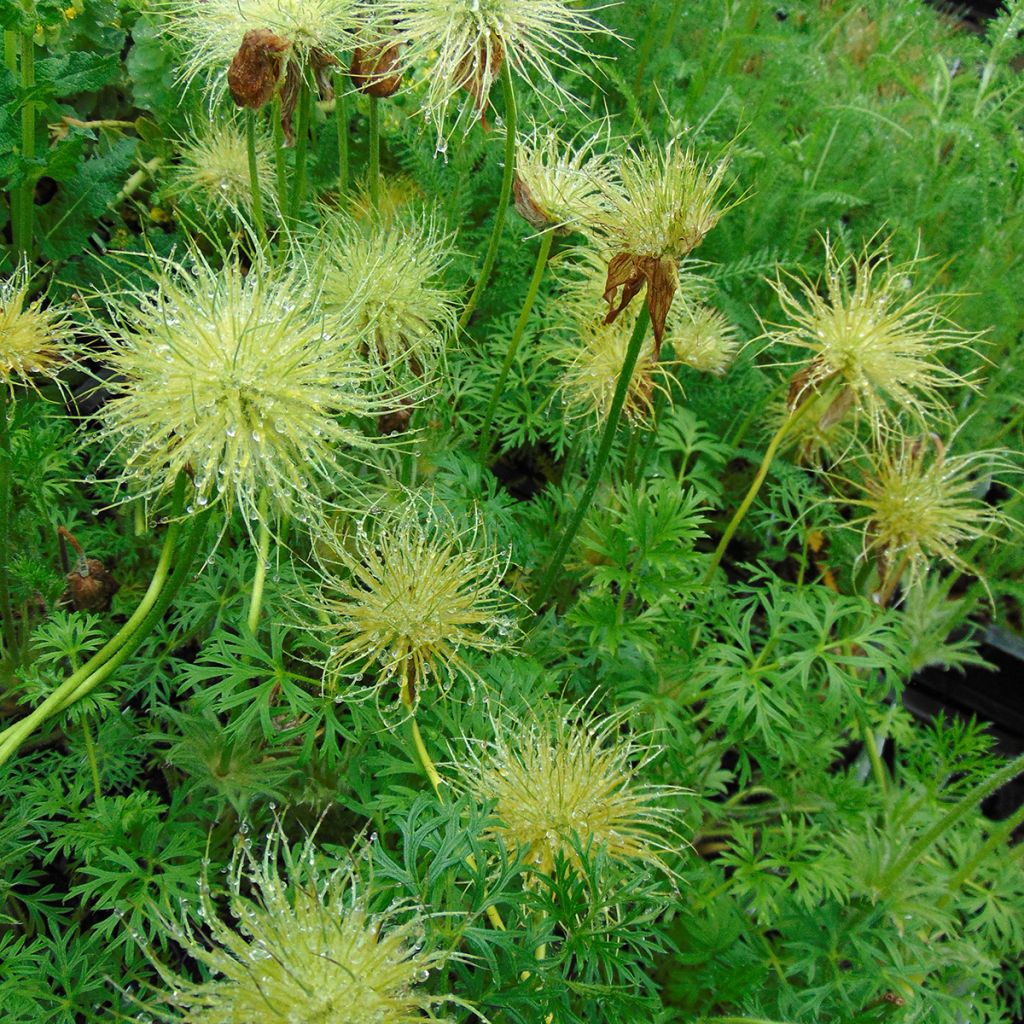

Pulsatilla vulgaris Alba - Pasqueflower
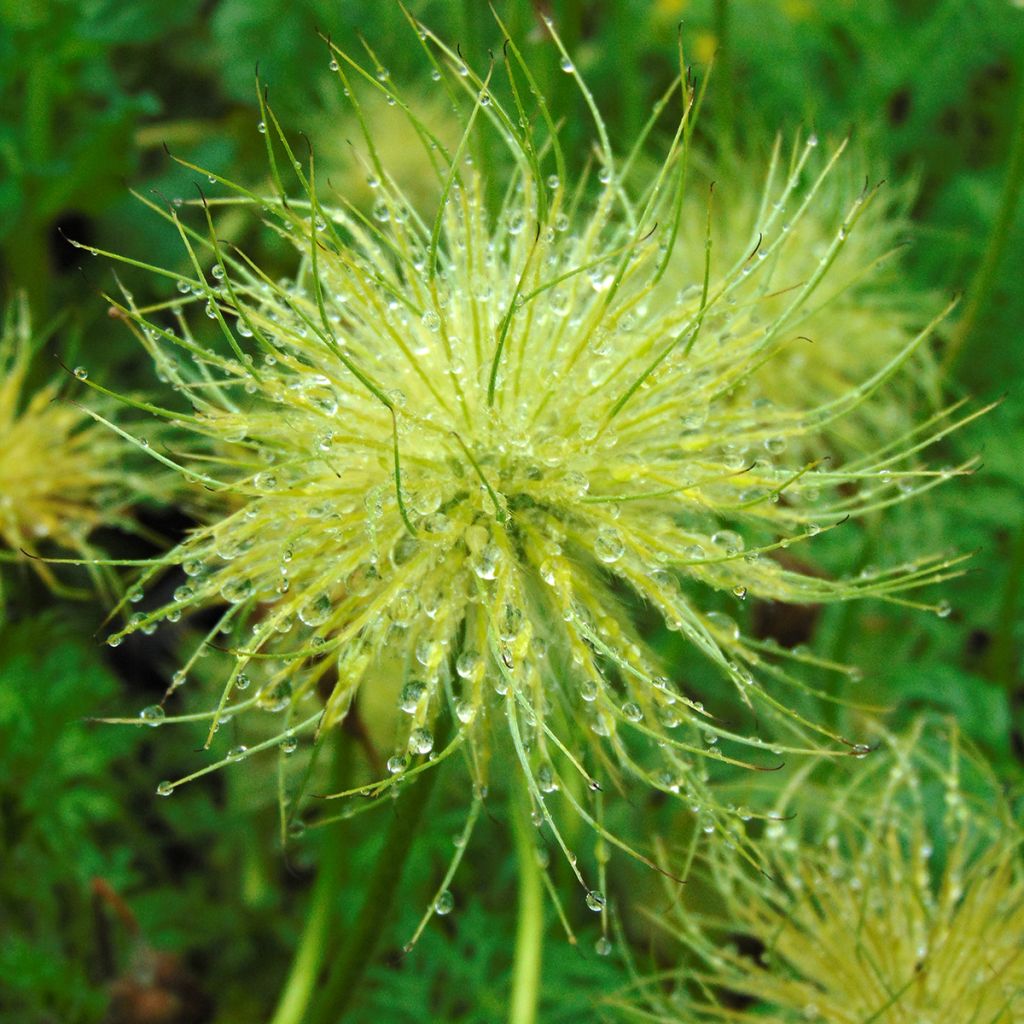

Pulsatilla vulgaris Alba - Pasqueflower
Pulsatilla vulgaris Alba - Pasqueflower
Pulsatilla vulgaris Alba
Pasqueflower, Common Pasqueflower, European Pasqueflower
Beautiful young plant received today.
Sylvie, 04/11/2022
This item cannot be shipped to the selected country
Delivery charge from €5.90
More information
Schedule delivery date,
and select date in basket
This plant carries a 12 months recovery warranty
More information
We guarantee the quality of our plants for a full growing cycle, and will replace at our expense any plant that fails to recover under normal climatic and planting conditions.
From €5.90 for pickup delivery and €6.90 for home delivery
Express home delivery from €8.90.

Does this plant fit my garden?
Set up your Plantfit profile →
Description
The Pulsatilla vulgaris 'Alba' is a beautiful white form of this small alpine perennial, formerly called Anemone pulsatilla. Elegant and very hardy, it is an adorable flower that only blooms in rocky areas. Its spring flowering is white with a yellow centre, composed of inclined star-shaped bells tilting towards the ground, giving way to a fluffy fruiting that is as unusual as it is decorative. Its stems, flowers, and finely cut foliage are covered with a soft silvery pubescence. This variety will bring a simple touch to your sunny or partially shaded rocky areas.
The Anemone pulsatilla, also known as the Easter pasqueflower or wind flower, belongs to the buttercup family. It is native to dry and limestone meadows in European mountains, where it grows up to 1000m (3281ft) in altitude. It is a charming perennial with a tuberous root that grows rapidly, forming a clump of about 30cm (12in) in all directions. It is particularly hairy: covered with remarkable silver hair that covers the leaves, stem, bud, and outer surface of the petals. The flower bud looks like a very hairy sheath, green-grey in colur. It blooms into a single flower, forming a bell 6cm (2in) wide, composed of 6 star-shaped petals, pure white in colour, arranged around a golden yellow heart resembling a small hedgehog with prickles. The flowers bloom from April to May at the top of the fluffy, silvery stems. After the flowers have bloomed, light green and finely cut foliage emerges from the root. After flowering, a fruiting appears in the form of silver-white plumes, resembling a small shiny wig that adds to the plant's interest.
The common pasqueflower 'Alba' has good hardiness (-20°C (-4°F)). It strongly prefers limestone soils and dislikes pesticides. Plant it in well-drained soil, in a raised bed, rock garden, or to border a staircase, in association with small grasses (stipa, fescues), hebes, sedums, or catmints. This flower only opens in the sun and closes at the slightest drop of rain, swaying in the wind like a little weather vane until the shower passes. It will appreciate a sunny exposure.
Report an error about the product description
Pulsatilla vulgaris Alba - Pasqueflower in pictures








Flowering
Foliage
Plant habit
Botanical data
Pulsatilla
vulgaris
Alba
Ranunculaceae
Pasqueflower, Common Pasqueflower, European Pasqueflower
Alps
Other Pulsatilla- Pasque Flower
Planting and care
The Pulsatilla vulgaris 'Alba' is a montane plant that has excellent hardiness, but does not like to be disturbed once it is established. It grows in the sun, in a well-drained soil, moderately dry to slightly moist, not too poor, preferably limestone and rocky. It fears overly wet soils in winter and heavy soils, appreciates cold and dry winters that prolong its lifespan. This young plant dreads hot and excessively dry summers.
Planting period
Intended location
Care
-
, onOrder confirmed
Reply from on Promesse de fleurs
Spring flowering perennials
Haven't found what you were looking for?
Hardiness is the lowest winter temperature a plant can endure without suffering serious damage or even dying. However, hardiness is affected by location (a sheltered area, such as a patio), protection (winter cover) and soil type (hardiness is improved by well-drained soil).

Photo Sharing Terms & Conditions
In order to encourage gardeners to interact and share their experiences, Promesse de fleurs offers various media enabling content to be uploaded onto its Site - in particular via the ‘Photo sharing’ module.
The User agrees to refrain from:
- Posting any content that is illegal, prejudicial, insulting, racist, inciteful to hatred, revisionist, contrary to public decency, that infringes on privacy or on the privacy rights of third parties, in particular the publicity rights of persons and goods, intellectual property rights, or the right to privacy.
- Submitting content on behalf of a third party;
- Impersonate the identity of a third party and/or publish any personal information about a third party;
In general, the User undertakes to refrain from any unethical behaviour.
All Content (in particular text, comments, files, images, photos, videos, creative works, etc.), which may be subject to property or intellectual property rights, image or other private rights, shall remain the property of the User, subject to the limited rights granted by the terms of the licence granted by Promesse de fleurs as stated below. Users are at liberty to publish or not to publish such Content on the Site, notably via the ‘Photo Sharing’ facility, and accept that this Content shall be made public and freely accessible, notably on the Internet.
Users further acknowledge, undertake to have ,and guarantee that they hold all necessary rights and permissions to publish such material on the Site, in particular with regard to the legislation in force pertaining to any privacy, property, intellectual property, image, or contractual rights, or rights of any other nature. By publishing such Content on the Site, Users acknowledge accepting full liability as publishers of the Content within the meaning of the law, and grant Promesse de fleurs, free of charge, an inclusive, worldwide licence for the said Content for the entire duration of its publication, including all reproduction, representation, up/downloading, displaying, performing, transmission, and storage rights.
Users also grant permission for their name to be linked to the Content and accept that this link may not always be made available.
By engaging in posting material, Users consent to their Content becoming automatically accessible on the Internet, in particular on other sites and/or blogs and/or web pages of the Promesse de fleurs site, including in particular social pages and the Promesse de fleurs catalogue.
Users may secure the removal of entrusted content free of charge by issuing a simple request via our contact form.
The flowering period indicated on our website applies to countries and regions located in USDA zone 8 (France, the United Kingdom, Ireland, the Netherlands, etc.)
It will vary according to where you live:
- In zones 9 to 10 (Italy, Spain, Greece, etc.), flowering will occur about 2 to 4 weeks earlier.
- In zones 6 to 7 (Germany, Poland, Slovenia, and lower mountainous regions), flowering will be delayed by 2 to 3 weeks.
- In zone 5 (Central Europe, Scandinavia), blooming will be delayed by 3 to 5 weeks.
In temperate climates, pruning of spring-flowering shrubs (forsythia, spireas, etc.) should be done just after flowering.
Pruning of summer-flowering shrubs (Indian Lilac, Perovskia, etc.) can be done in winter or spring.
In cold regions as well as with frost-sensitive plants, avoid pruning too early when severe frosts may still occur.
The planting period indicated on our website applies to countries and regions located in USDA zone 8 (France, United Kingdom, Ireland, Netherlands).
It will vary according to where you live:
- In Mediterranean zones (Marseille, Madrid, Milan, etc.), autumn and winter are the best planting periods.
- In continental zones (Strasbourg, Munich, Vienna, etc.), delay planting by 2 to 3 weeks in spring and bring it forward by 2 to 4 weeks in autumn.
- In mountainous regions (the Alps, Pyrenees, Carpathians, etc.), it is best to plant in late spring (May-June) or late summer (August-September).
The harvesting period indicated on our website applies to countries and regions in USDA zone 8 (France, England, Ireland, the Netherlands).
In colder areas (Scandinavia, Poland, Austria...) fruit and vegetable harvests are likely to be delayed by 3-4 weeks.
In warmer areas (Italy, Spain, Greece, etc.), harvesting will probably take place earlier, depending on weather conditions.
The sowing periods indicated on our website apply to countries and regions within USDA Zone 8 (France, UK, Ireland, Netherlands).
In colder areas (Scandinavia, Poland, Austria...), delay any outdoor sowing by 3-4 weeks, or sow under glass.
In warmer climes (Italy, Spain, Greece, etc.), bring outdoor sowing forward by a few weeks.

































